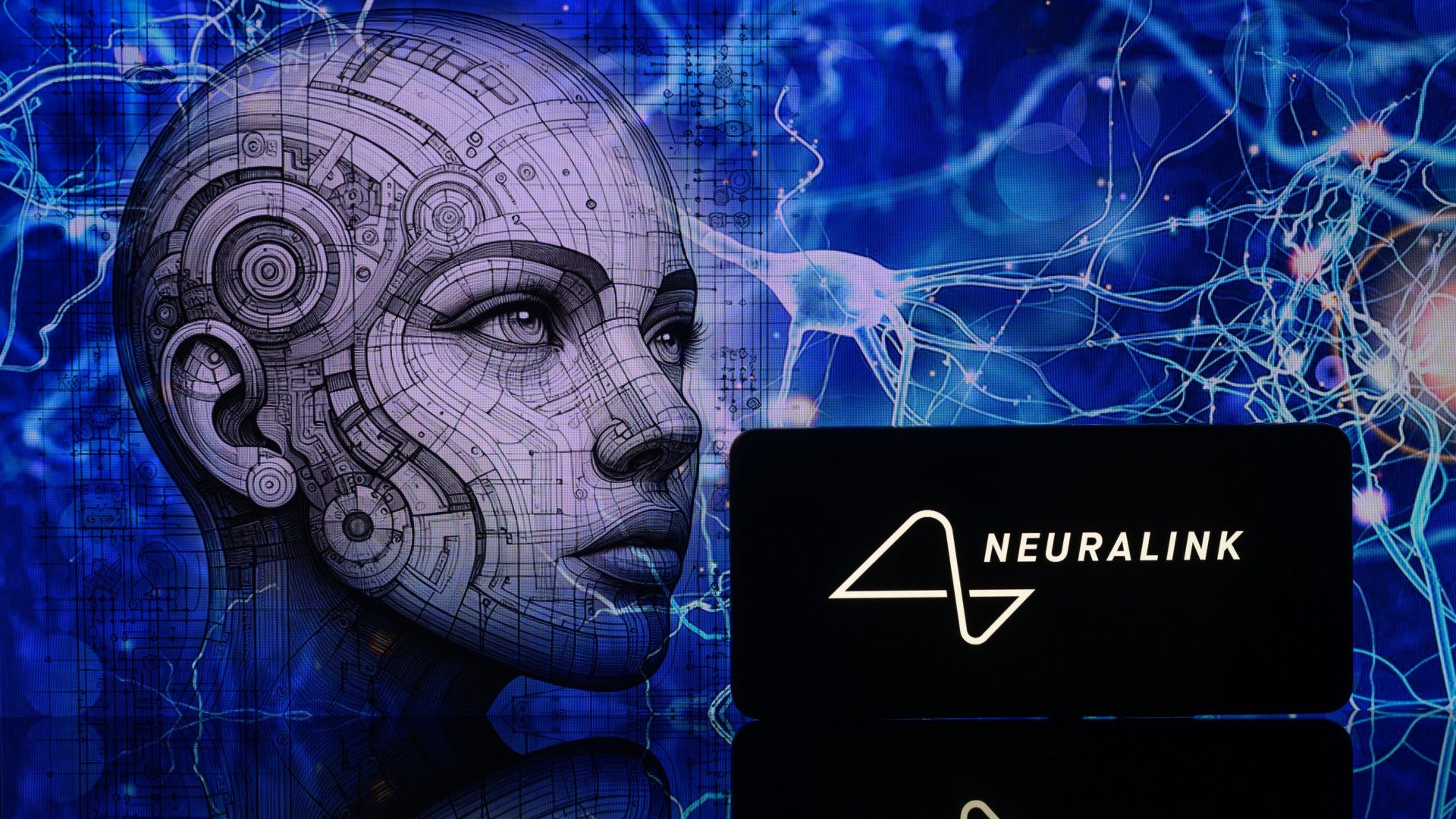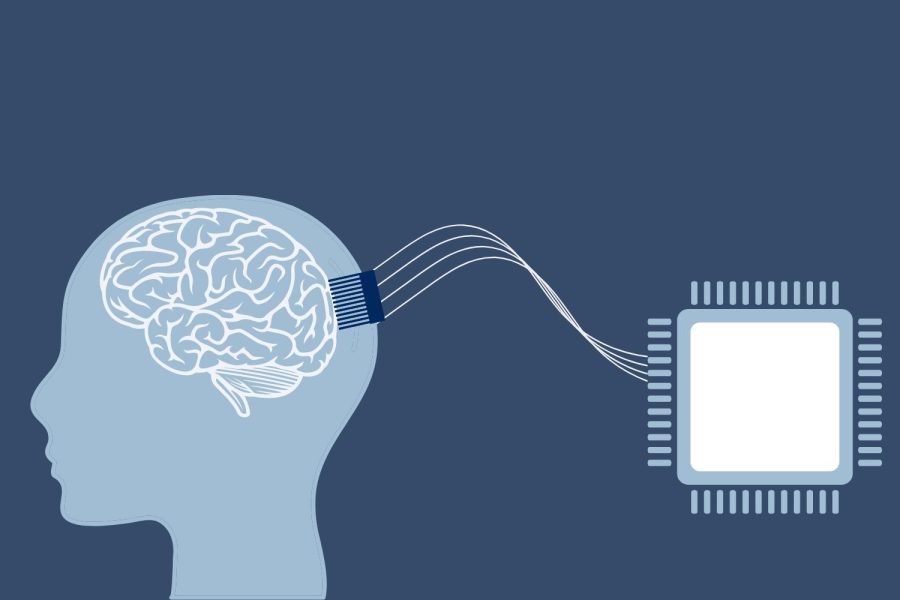"Dream, Dream, Dream! Conduct these dreams into thoughts, and then transform them into action."
- Dr. A. P. J. Abdul Kalam
"Dream, Dream, Dream! Conduct these dreams into thoughts, and then transform them into action."
- Dr. A. P. J. Abdul Kalam
23 Feb 2024
February 20, 2024, ~ Elon Musk, the creator of Neuralink, announced late on Monday that the first patient to get a brain chip from the business looks to be fully healed and capable of using their thoughts to move a computer mouse. "The patient appears to have fully recovered, and progress is good. We are aware of any neurological repercussions. "A patient can simply think to move a mouse around the screen," Musk stated during a Spaces event on the social media platform X. According to Musk, Neuralink is now attempting to elicit from the patient as many mouse button presses as feasible.

About Neuralink ~
To interpret and stimulate brain activity, a surgically implanted neural chip implant known as "the Link" is being developed by Neuralink, a firm that Elon Musk launched in 2016. The private company, which was founded in 2016, asserts that its brain implant would enable paraplegics to regain mobility and restore sight to blind individuals. Musk claims that on January 28, 2024, Neuralink placed its first implant in a patient's brain. "The Link" is the name of the implant itself. This brain chip, the size of a penny, is surgically inserted beneath the skull to collect input from neural threads that branch out into various brain regions to regulate a subject's motor abilities. According to Neuralink's website, each wire has sensors that can record and produce electrical currents that are "so fine and flexible that they can't be inserted by the human hand." Neuralink has created a neurosurgical robot that can operate entirely on its account. The business is also working on an app that would let users use just their thoughts to control a keyboard and mouse. The primary goal of Neuralink is to facilitate communication between those who are unable to write or talk by giving them the ability to utilize a virtual keyboard and mouse or convey messages with their thoughts. For instance, a person with paraplegia might use text synthesis or speech recognition to control a computer or mobile device, browse the internet, and produce digital art.
How Does It Work?
A "sewing machine-like" robot implants small flexible threads, connected to a computer chip, into the brain as part of Neuralink's technology. The robot makes a small incision in the skull, removes a little piece of it, attaches thread-like electrodes to certain parts of the brain, sutures up the hole, and leaves just the scar from the incision. According to Musk, patients may go home the same day after the treatment, which will just take 30 minutes and not require general anesthesia. Neurons are unique cells found in the brain that send information to other body parts like our muscles and nerves. These impulses may be read by the Neuralink chip's electrodes, and they are then converted into motor commands. This might regulate internal processes like muscular contraction or external devices like computers or cell phones.
More Insights on the Study & Its Future Ahead ~
According to Neuralink, the project uses a robot to surgically implant a brain-computer interface device in a part of the brain that regulates movement intention. The ultimate objective, according to Neuralink, is to allow users to manipulate a computer cursor or keyboard with their thoughts. Musk has high hopes for Neuralink, claiming that it would enable quick surgical placements of its chip devices to cure diseases including schizophrenia, obesity, depression, and autism.Neuralink, which was estimated to be worth $5 billion in the previous year, has frequently been the target of criticism for its safety procedures.
Neuralink dominates trending topics and is top of mind when it comes to the general public's understanding of brain implants. That being said, Musk's most recent endeavor is still in its infancy when compared to competitors, with Blackrock Neurotech having implanted its first brain-computer interface in 2004. Even with Neuralink's marketing, more verified outcomes have come from existing devices. Implants were utilized in two different US scientific investigations to track brain activity while a paralyzed individual attempted to talk. At that point, the technology could interpret intended words up to 75% of the time and many times faster than earlier systems.
